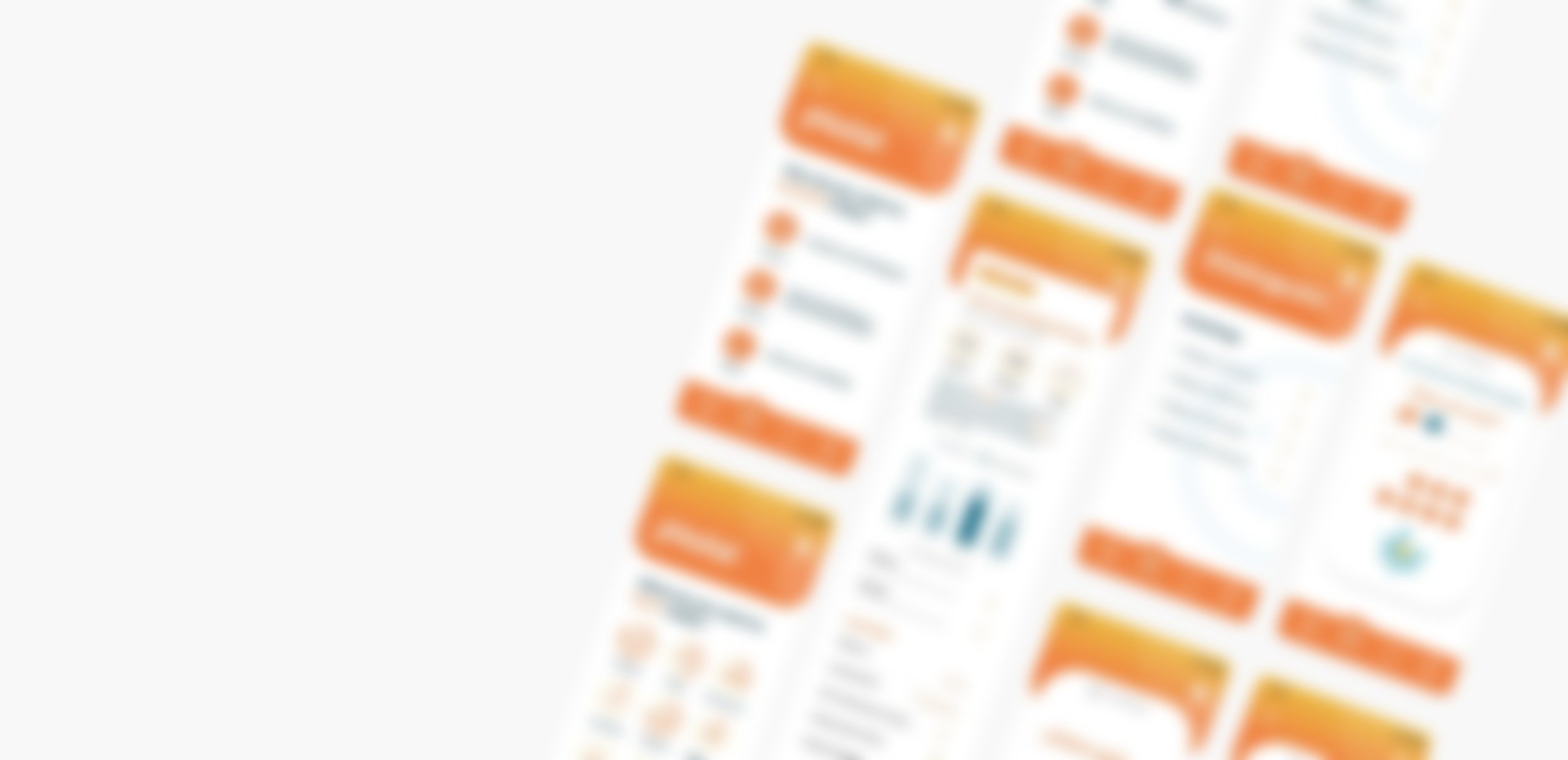
Mosalingua Redesign Project
A redesign project on a language learning application called Mosalingua on solving its existing usability issues with intensive user research and the usage of cognitive science principles to provide a better learning experience for the users.

Project introduction
Our team is interested in redesigning a language learning application called MosaLingua. It has over 7 million users globally at the moment and uses cognitive science principles to help users recall new information using flashcards. However, through our testing, user researches, we found that the flashcard methods were deemed extremely valuable to users, despite its extremely distracting and unpredictable app interface. We decide to redesign the navigation of the application in order to provide the users with a clean, intuitive, and aesthetically pleasing learning experience.
Timeline: Nov. 2020 - Dec. 2020
Teammates: Martine Charles, Elaine Li and Viktoriia Zykina
My role: UX researcher and UX designer
Scope and goals
We decided to redesign the navigation features of the free Spanish Version of Mosalingua. The goals are:
Improve new app users’ discovery and learning experience
Create a streamlined user experience for recurring users to easily identify and select different flashcard methods on the app
Design process
This is a short class project that expects a quick roll-out of the product. The design team understands the time constraints we had, however, we worked in pairs in terms of user research and prototypes on different stages. Our design process is a rapid iterative process based on Double Diamond from Human Centered Design.
User research
Users have left hundreds of app reviews across different platforms such as the Apple Store, Google Play Store, and Reddit. Here are some potential problems that users have reported on:
It lacks a clear structure to help users find specific features
The names of features/ buttons/tabs are not universally known
There are unnecessary and extraneous content cluttering the app's functionalities
There are no clear learning paths for beginners vs. current users
Therefore, we have come up with HMW and POV statements:
How Might We Statement: How might we make the UI more coherent to help new app users navigate the features more easily?
Point of View: MosaLingua app users need to have an intuitive and easy navigation of different features on the app to facilitate their learning process.
This is the storyboard that I created for the team:
Usability testing
In order to conduct enough usability testing on the current app to proceed with the redesign decision-making process, our research objectives include finding out:
if the navigation is intuitive
if users understand the nomenclature and icons
and if users can find and understand the different features
This is a debrief of our usability testing methodology
A 45-minute short interview including completing the following tasks:
Select level
Find flashcards
Practice flashcards
Find other features
See progress
Change the learning goal
Five participates:
3 males and 2 females
3 iOS and 2 Android
4 Spanish learner and 1 Chinese learner
4 used language apps before and 1 never
Design decisions
According to our usability testing, there are some common issues most participants struggled with during the interview. We also evaluate the issues according to Don Norman’s Ten Heuristic Evaluation.
Confusing nomenclature and icons: User control and freedom
Confusing about using certain features (selecting/adding/deleting flashcards): Consistency and standards
A lot of extraneous cognitive load (irrelevant and unhelpful visual, etc)
Redundant navigation: Recognition rather than recall
Lacking of aesthetic and minimalist design
Each of our group members has created sketches (we also use as the low-fidelity prototype for this project, as well as for the usability testing).
This is the low-fi prototype I created for this prototype.
User flow
By summarizing from our usability testing, sketches and low-fi prototypes of each member, we created a user flow map to organize how the user would move from one feature to another in order to provide a clean and intuitive navigation throughout the app that follows both MosaLingua’s flashcards learning ideology and traditional classroom language learning process. We will be referring to this map when creating interaction between screens in Hi-fi prototype.
Showcase
The following gifs showcase some key functions and redesign of MosaLingua mobile application our team did based on user research and evaluations, compared to the original application.
“Easy and minimalistic User Interface”
“Practice speaking by dialogues”
“Learn through games and positive feedback”
”Keeping track of your learning progress”

Prototype
Reflections and future work
Re-design Process
Ideation should be after the user research phase
Do usability testing on our prototype and iterate
User experiences
Having a variety of participants to test our prototype (different age groups, current users) to gain their insights on the redesign
Work on accessibility features
Team Collaboration
Leverage each other’s skills throughout the process consistently
Would love to thank the contribution and effort from my teammates: Elaine Li, Martine Charles and Viktoriia Zykina!









